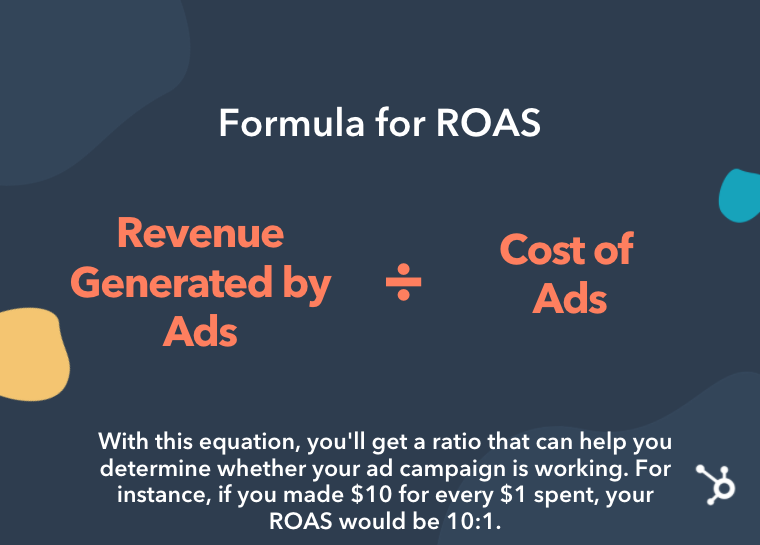Today, we venture into an exploration of a crucial metric in the digital marketing landscape: Return on Ad Spend, or ROAS. This metric plays an integral role in understanding the profitability and effectiveness of advertising efforts, and today, we aim to elucidate its nuances in the context of Search Engine Optimization (SEO).
In the rapidly evolving digital world, the ability to measure the success of advertising campaigns becomes pivotal. Among the plethora of metrics available, ROAS stands out as a straightforward yet insightful index that helps marketers measure the direct impact of their advertising efforts on revenue. Defined as the ratio of revenue generated to the advertising expenditure, ROAS provides a quantifiable measure of the monetary success of a particular ad or portfolio of campaigns. For instance, a ROAS of 5:1 would represent a return of $5 in revenue for every $1 spent on advertising. This ratio offers a tangible understanding of an advertisement’s effectiveness, making it an indispensable tool in the marketer’s arsenal.
However, it is essential to note that calculating ROAS is not as simple as it seems on the surface. The equation may suggest that it is merely dividing the revenue by the advertising costs, but the devil is in the details. The total cost of a campaign must account for a plethora of elements beyond mere advertising expenditure. It should encapsulate indirect costs related to campaign execution such as agency fees, payments to designers, keyword bidding costs, PPC campaign expenses, and even overhead costs. It must also include vendor-related costs, including those associated with freelance writers, graphic designers, and email marketers, salaries of in-house employees engaged in the campaign, and affiliate commissions. Essentially, every expenditure associated with the campaign contributes to the denominator in the ROAS equation, making it a comprehensive measure of advertising expenditure.
Despite the seemingly complex calculation, the process has been streamlined with the advent of various digital tools. Notably, free ROAS calculators offer marketers an easy way to derive this critical metric. These tools provide an in-depth breakdown of advertising budget, PPC spend, and numerous other important statistics, allowing for a more granular understanding of ad performance and assisting marketers in devising more effective campaign strategies.
Now, having calculated your ROAS, interpreting this metric is the next crucial step. A “good” ROAS can depend on numerous factors, including the nature of your business, campaign objectives, and the platform used for advertising. As a rule of thumb, a ROAS of 4:1 or higher is often considered favorable, implying a return of $4 for every $1 spent. However, one must exercise caution in not taking this as a static benchmark. For instance, campaigns aimed at raising brand awareness or increasing newsletter subscriptions might have a lower ROAS due to their primary focus not being direct revenue generation.
Contrarily, a low ROAS does not inherently signal a failing ad campaign. Instead, it serves as an alert, suggesting that there might be room for improvement or optimization in the current strategy. Various methods can be employed to enhance ROAS, thus leading to more efficient campaigns. Some of these strategies include experimenting with different ad placements, refining the target audience, optimizing keyword selection, and revising costs associated with ad development.
For instance, strategic ad placement can dramatically impact campaign performance. Evaluating different ad types and their placement on media platforms can result in more visibility and a higher conversion rate. Similarly, adjusting your audience targeting or using hyper-local marketing techniques can lead to more precise audience reach and subsequently, a higher conversion rate.
Another critical aspect to consider is keyword optimization. Bidding on trending or more relevant keywords can significantly enhance ad visibility and boost overall ROAS. Marketers need to regularly monitor and analyze keyword performance, keeping abreast of trends, and adjusting bids accordingly.
Likewise, revising costs is another strategy to enhance ROAS. By analyzing the cost breakdown, marketers can identify areas where excessive spending occurs. Subsequently, they can cut back on non-essential expenses or renegotiate contracts with agencies, freelancers, or vendors, leading to a reduction in overall campaign costs and an improved ROAS.
In conclusion, ROAS serves as a key performance indicator, providing a holistic view of an advertising campaign’s effectiveness and profitability. By understanding the intricacies of its calculation and the subtleties in its interpretation, digital marketers can harness its potential to develop more effective and efficient marketing strategies. It is a metric that allows us to measure the fruitfulness of our endeavors in the advertising world, and it will undoubtedly continue to be a staple in the field of digital marketing.





